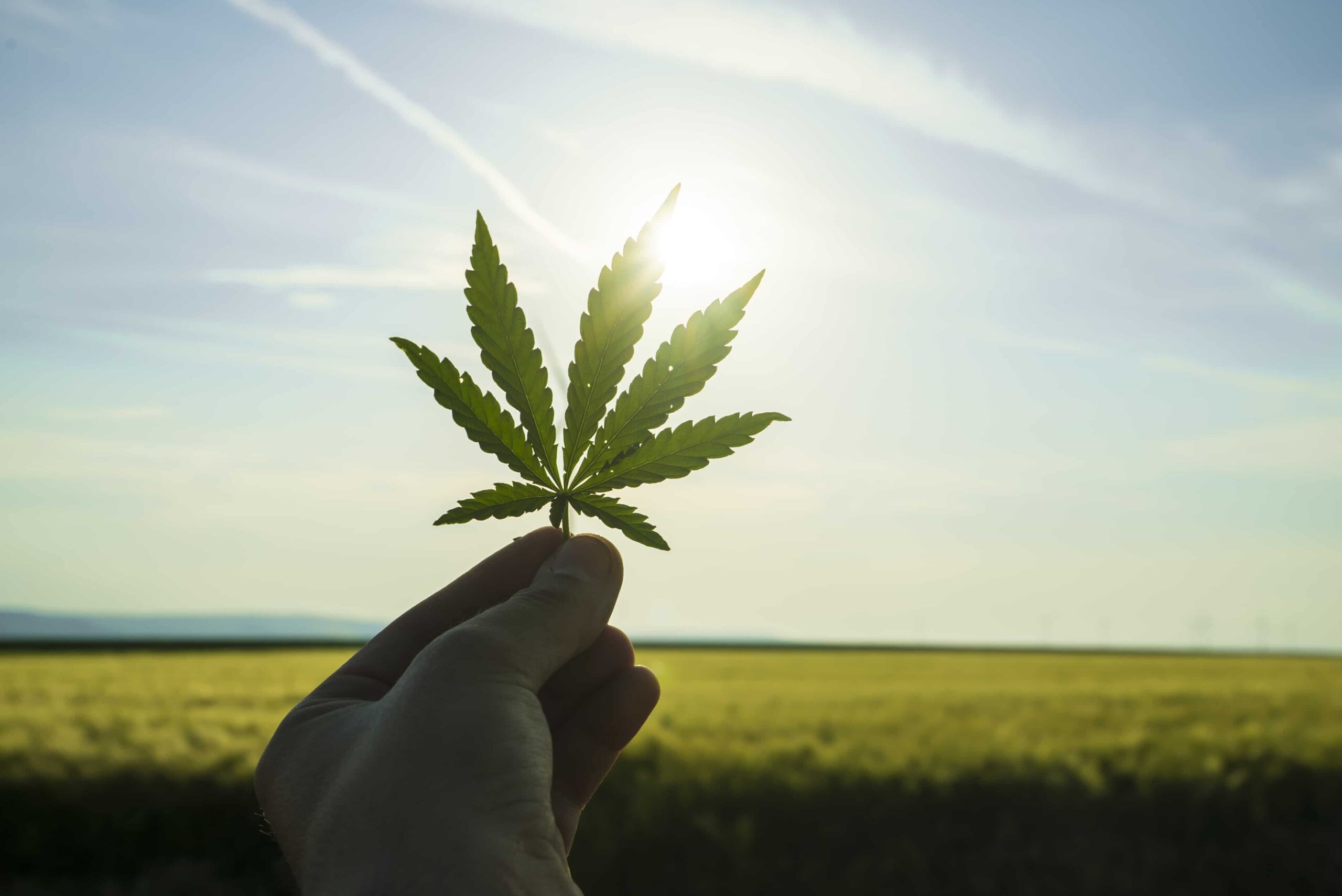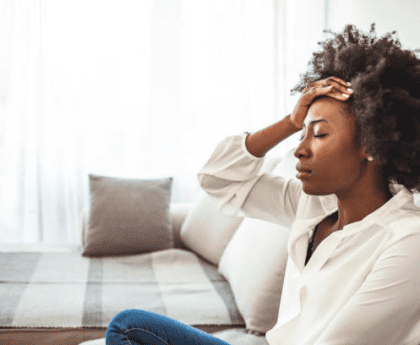In this article, you will also learn ways of managing chronic pain, and understand pain signals, and their implications for mental health — not exclusively about using nonsteroidal anti-inflammatory drugs, but also with relaxation techniques, and other natural pain medicines.
Stigma and Role Expectations
More women than males seek medical attention while experiencing discomfort. Gender roles may be to blame for this. The impulse to ‘push through’ or show no signs of emotional distress is more prevalent in males than in women. Based on the findings of this research, it is clear that boys are conditioned to hide their feelings of chronic pain and illness and adopt a more stoic demeanor.

Due to the social expectations placed on men and women, men tend to bottle up their emotions while women are more inclined to seek support from friends and family. As a result, this may lead to improved symptom management for women with chronic pain.
These gendered perceptions about men’s and women’s roles in seeking and managing chronic pain are influenced by stigma, which can come from both the general public and healthcare providers. The degree to which we are affected by and able to manage our chronic pain is directly related to the extent to which it affects our day-to-day functioning and our overall quality of life.
By taking use of proven methods, we may lessen the impact of our symptoms and resume normal, productive lives. Researchers found that whereas men depend more on behavioral distraction, women lean on social support and uplifting self-statements.
Some doctors may be hesitant to classify male patients with chronic pain because they believe it is more commonly a ‘women’s ailment.’ Male health problems are often given more credence than female ones, and women are typically regarded to be ‘over-exaggerating’ when they report symptoms of illness.
Female patients are more likely to be misdiagnosed several times, whereas male patients are more likely to be referred for tests to determine what is causing their discomfort. Based on the results of this study, male patients are more likely to be prescribed pain relievers, whereas female patients are more likely to be prescribed sedatives or diagnosed with a mental health disorder.
Obviously, these disparities in care will affect how each sex feels the effects of pain. Men may suffer in silence for longer if they are less inclined to seek care for pain. However, they are more likely to be provided the care they require when they do decide to seek help.
While it’s encouraging that so many women are reaching out for support, it’s not helpful if they’re being dismissed or otherwise denied the care, they need to alleviate their suffering.
These gendered expectations and stereotypes become part of our identities as we learn and adapt to the world around us as children. Thankfully, this is evolving, and we are slowly but surely building a culture where individuals no longer feel restricted by rigid gender norms and can freely express themselves.
Psychological and Social Well-Being
According to the results of this study, women are more prone to experience anxiety and depression than males. All of this has a major bearing on how often we suffer from chronic pain.
Maladaptive (negative) cognitive patterns and actions can be exacerbated by mental illness. When we suffer from mental illness, we are less likely to adhere to treatment plans and prioritise self-care. Isolation and a lack of participation in exercise are two other factors that might lead to a decline in fitness.
Stress and Anxiety in Young Children

It’s more common for women to have gone through traumatic events as a kid. Multiple studies have found an association between childhood trauma and chronic pain in later life. This research provides an explanation for one possible cause, noting, “This relationship may be driven by the hypothalamus-pituitary-adrenal axis anomalies and/or neuroendocrine dysregulation generated by the original shock.”
Mental illness can be caused by both physical abuse and emotional trauma experienced during a person’s early years, and chronic pain treatment best organic solution is medical marijuana treatment. We have already discussed how mental health issues can aggravate and prolong chronic pain by adding to the pain and stress loop and increasing the likelihood of engaging in unhealthy coping mechanisms.
This study also highlights the fact that women are “8 to 25 times more likely” than males to encounter trauma and violence in an adult relationship, which can further prolong the cycle of chronic pain.
The same study elaborates on the devastating effects of this trauma in adulthood: “interpersonal violence results in more acute trauma and injury, as well as in more chronic symptoms such as headaches, chronic pain, menstrual symptoms, sleep disorders, gastrointestinal symptoms, and more somatization.”
Adverse Reactions to Painkillers for Chronic Pain
Opioid painkillers, the most common kind, are metabolised differently in men and women. To a greater extent than males, opioids alleviate pain in women. Opioid receptors in the brain process the drug and use it to control pain.
There are three types of opioid receptors, but only one has received extensive study and is generally considered to be of clinical importance. As this study demonstrates, human investigations repeatedly reveal that opioids have higher potency in females, and many studies have found that this receptor is more active in females than in males.
Because of this, it’s expected that women would experience fewer negative effects from taking opioids at lower doses. On the other hand, males may require a higher dose to get the same result, and they may have a greater number of adverse effects as a result.
So, What Does This Mean?
The fact that men and women are wired differently does not indicate that women are weaker. However, this in no way suggests that men’s pain is less intense or less real than that of women. One’s perception of pain and its consequences are very contextual.
The degree to which a person suffers from pain depends on a variety of conditions, and pain is inherently subjective. The fact that men and women feel chronic pain differently does not make either of their perspectives any less real or meaningful. Individual perspectives should be respected. Both men and women can experience the devastating effects of chronic pain.
The medical profession, however, is more likely to produce effective remedies the more they learn about the ways in which men’s and women’s bodies absorb pain.
More in-depth studies of gender differences will inform therapeutic therapy for chronic pain in the future, allowing doctors to personalize pharmacological and psychosocial interventions for optimal patient outcomes. Our findings highlight the need to customize rehabilitation treatments differently for men and women,” the study concludes.
The barrier of stigma needs to be removed before both sexes may receive the care they need. It is imperative that doctors learn how to treat both sexes of chronic pain patients equally. Misdiagnosis, invalidation, and untreated chronic pain must be replaced with compassion, knowledge, and validation.
Finally
For more information on chronic pain management, acute pain, pain disorders, chronic pain resources, psychogenic pain, effective chronic pain treatment options for pain relief, or other physical therapy, you should book a consultation session with a specialist at Chronic Therapy today, give you professional advice that will suit your personal experience.
Also, for people who develop chronic pain due to unforeseen circumstances and are constantly worried about treatment options to relieve pain, and how to treat chronic pain or get their chronic pain treated, our specialists at Chronic Therapy have made huge success over the year in recommending reliable resources such as CBD derived from medical cannabis used to manage chronic pain from nerve pain or any other developing chronic pain conditions.




